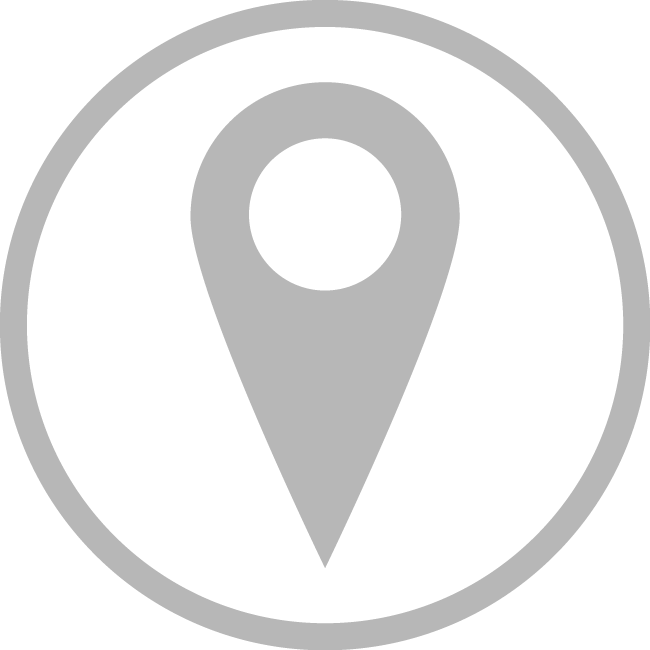Search
SMELL SAFARI: FIELD-BASED TOOLS FOR MAPPING AND
COMMUNICATING HUMAN SMELLSCAPES
Workshop
 Saturday, April 25, 2026
Saturday, April 25, 2026 1:30 PM - 3:30 PM
1:30 PM - 3:30 PM
 Sawyer Key Ballroom
Sawyer Key Ballroom
Chair/Moderator: Robert Pellegrino
To link odor exposure to human well-being
(Bratman et al. 2024), track landscape-scale change (e.g., pollution effects; Quercia et al. 2015), and anchor chemosensory neuroscience in real-world odor statistics (Wachowiak et al. 2025), researchers must move beyond the laboratory and conduct controlled field studies. The proposed workshop will introduce and evaluate new methodologies for capturing, quantifying, and communicating the olfactory dimension of outdoor environments, an emerging frontier for chemosensory science. Three complementary talks will move from personal odor logging, to art-based engagement, to quantitative odor measurement, and finally to an on-site “Smell Safari” around the new AChemS venue in St. Pete, Florida. Collectively, the workshop will (i) highlight mobile and crowd-sourced approaches that scale olfactory research beyond the laboratory, (ii) demonstrate how trans-disciplinary collaborations with the arts and environmental humanities can broaden public awareness of smell, and (iii) provide attendees with an overview of sensory and psychophysical methods used in the laboratory and how they can be translated to field protocols to build georeferenced “smellscape” datasets. Lastly, the workshop will end with an interactive smell walk activity to explore and tag odors in the new St. Pete conference environment using the tools and techniques discussed. By centering smell in real-world contexts, the workshop will advance discussion on how human olfaction shapes well-being while showcasing new approaches to collecting data and capturing naturalistic smellscapes. It will also be fun! As the workshop is designed to engage trainees through both junior-investigator presentations and hands-on data collection during the concluding indoor / outdoor exercise.